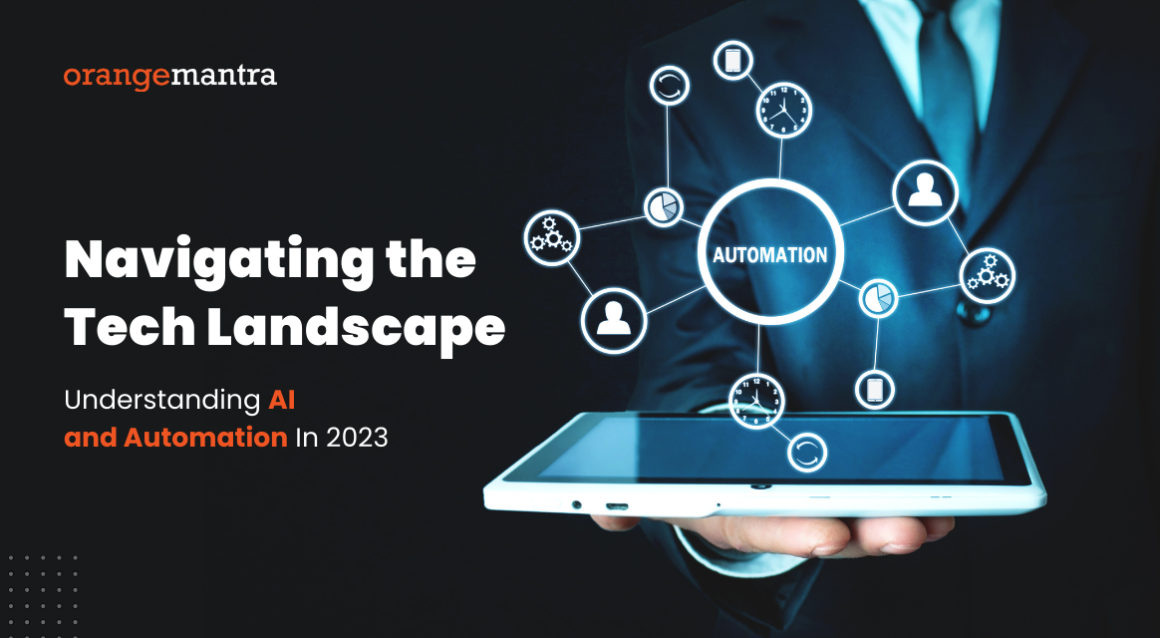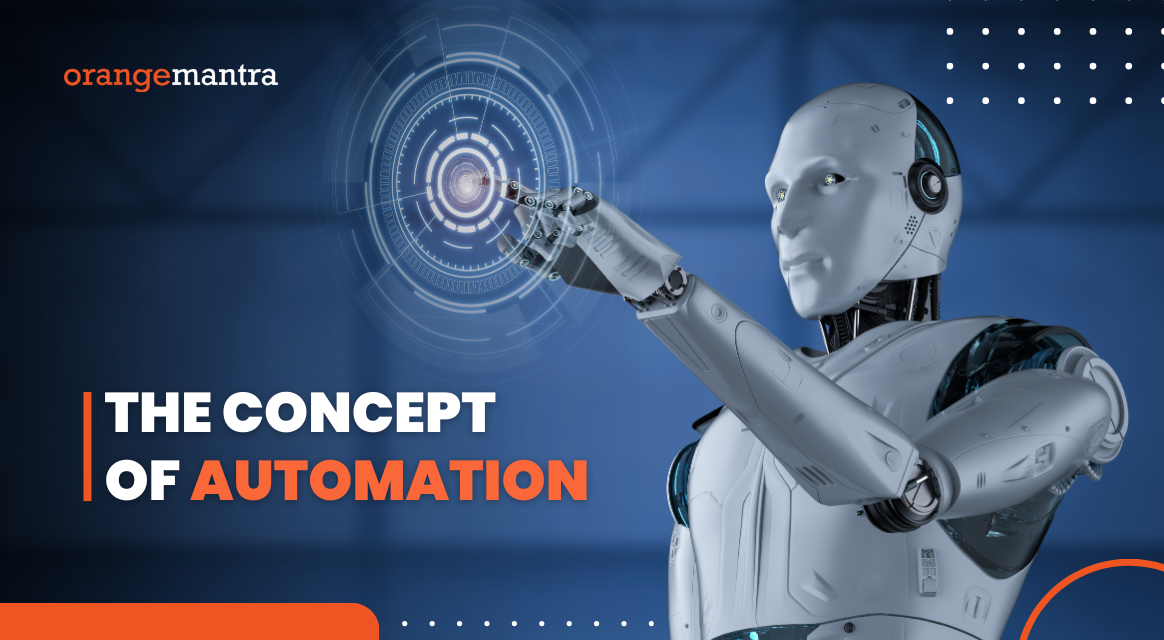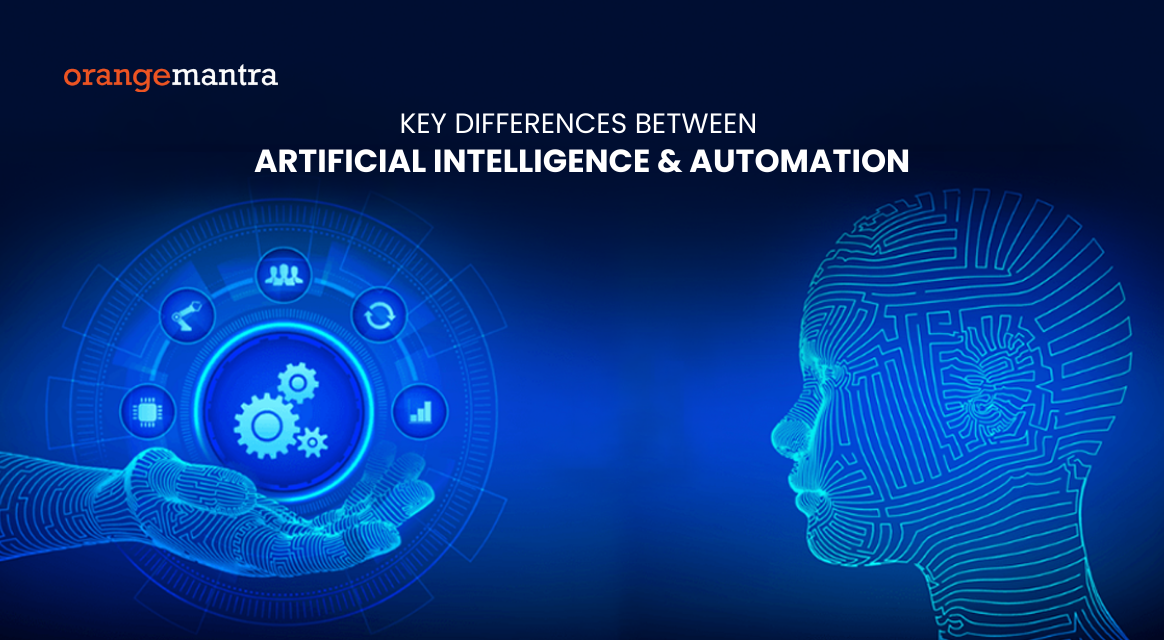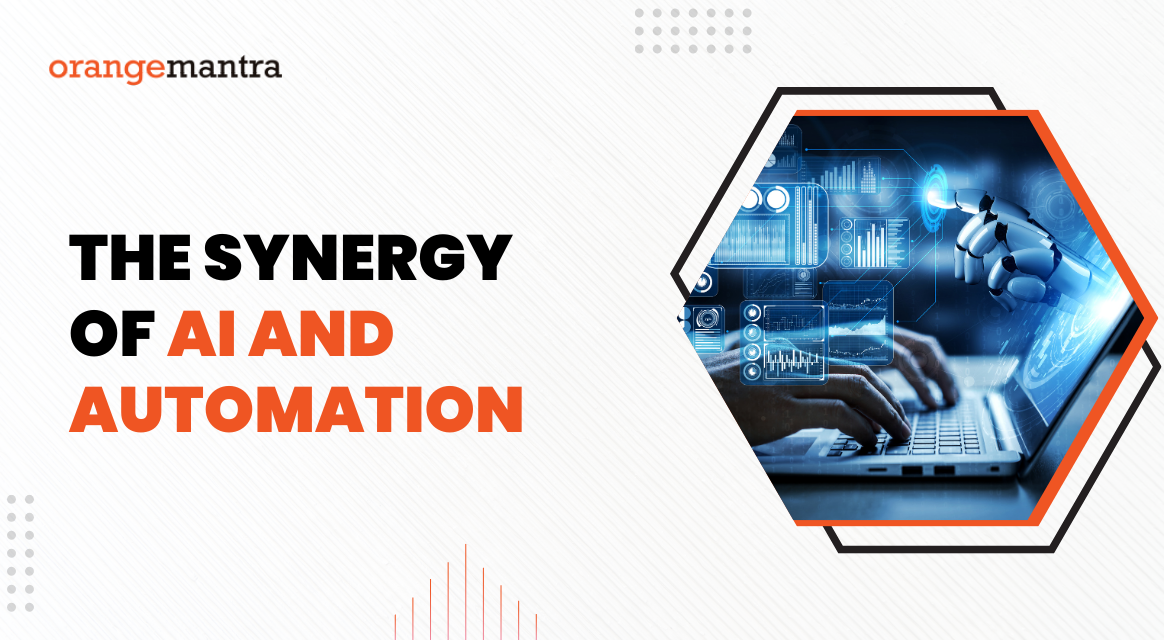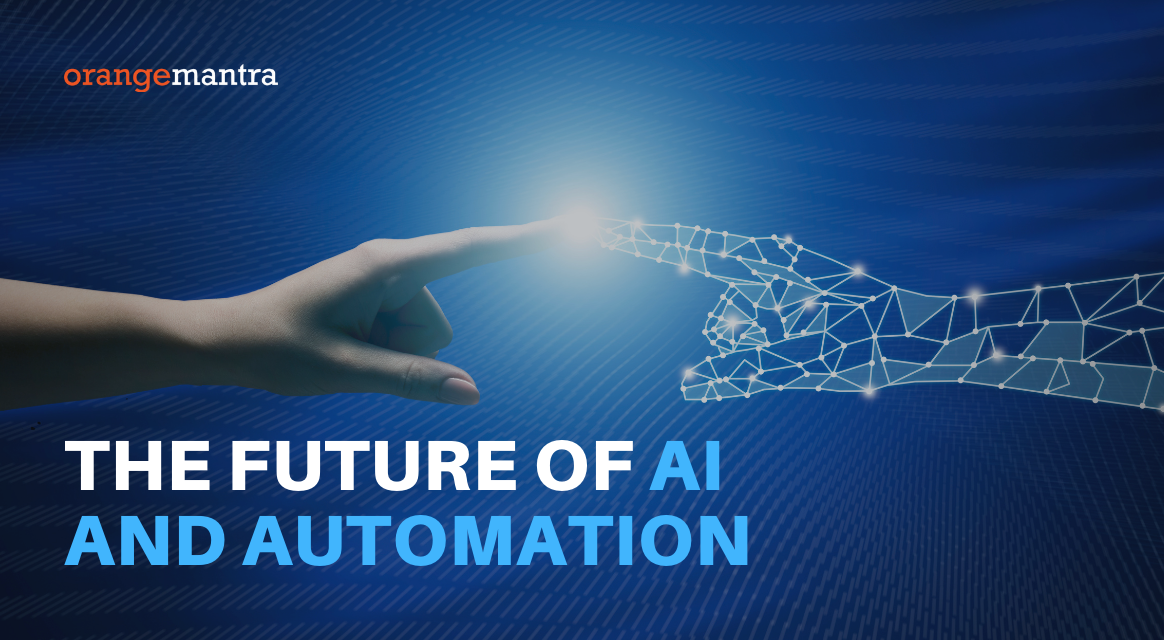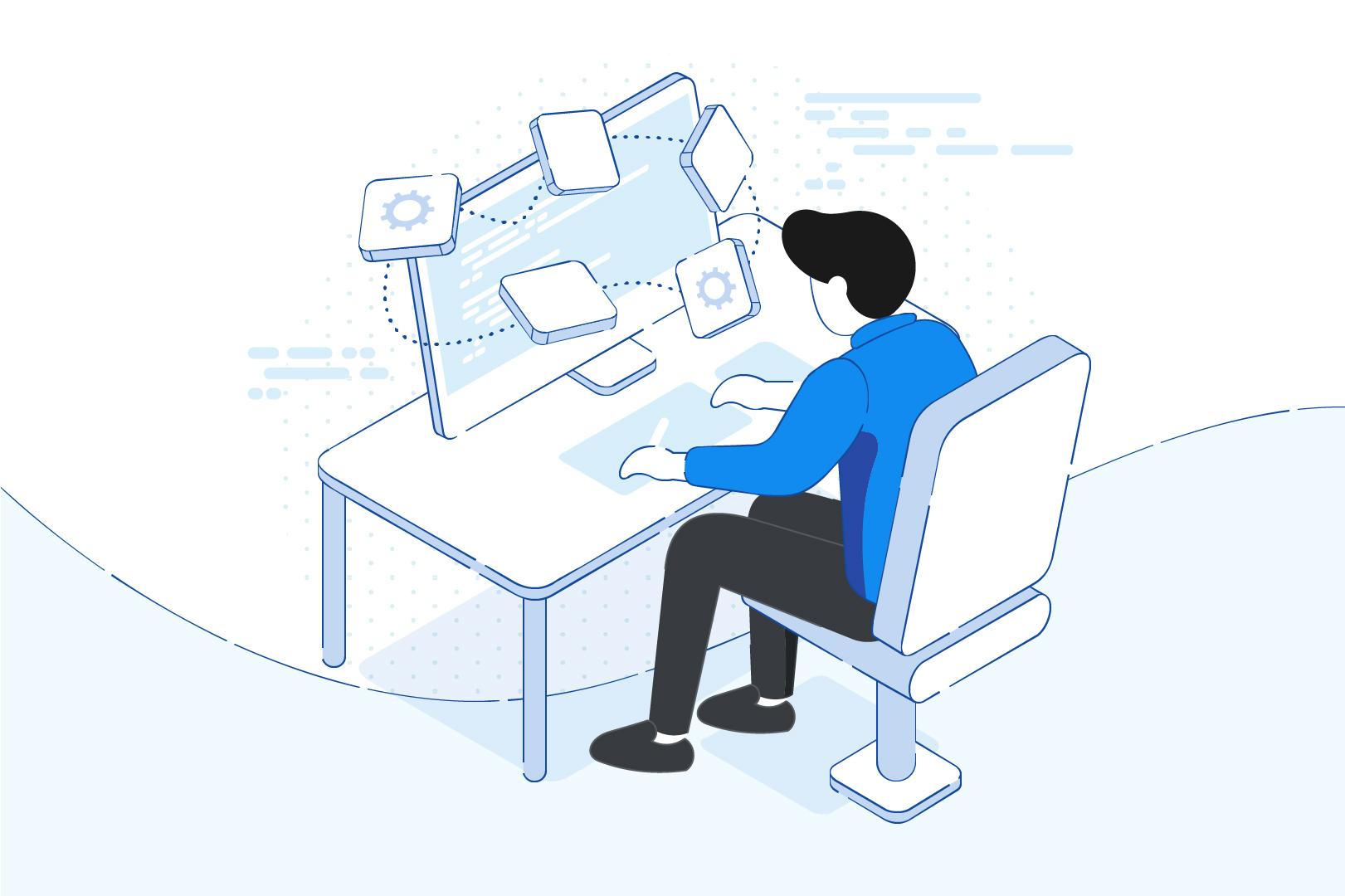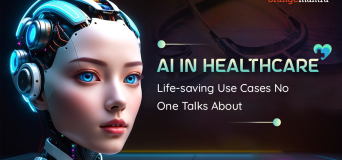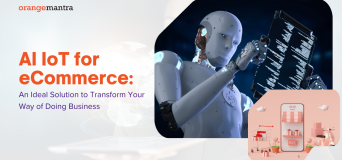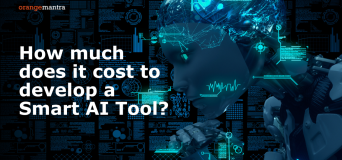Our civilization is changing fundamentally as a result of the quickly developing digital environment. Conversations frequently centre on the concepts of “AI” (Artificial Intelligence) and “automation,” which are crucial elements of this technological revolution. They may seem identical at first, yet they each have particular abilities and goals.
This Blog will illustrate the distinctive roles that AI and automation play, the advantages they provide, and the concrete real-world applications they have already made in order to provide readers with a thorough understanding of these technologies. This disparities research can provide us a better grasp of how inequalities are affecting our fast-paced, dynamic modern environment.
Unraveling the Potential of AI
1. Definition and Scope of AI:
- AI, short for Artificial Intelligence, is a subset of computer science that aims to create intelligent machines capable of simulating human-like thinking and problem-solving.
- Its scope extends to developing systems that can learn from data, recognize patterns, make decisions, and adapt to new information.
2. Learning and Adaptation:
- AI systems possess the remarkable ability to learn and adapt. They can improve their performance over time.
- Through the process of learning, AI systems can recognize patterns, extract valuable insights, and make predictions based on the data they process.
3. AI Technologies:
- AI encompasses a range of cutting-edge technologies, including machine learning, natural language processing (NLP), computer vision, and neural networks.
- For instance, machine learning allows AI systems to enhance their capabilities through data-driven training.
4. Human-Like Functions:
- A core objective of AI is to replicate various cognitive functions that are typically associated with humans, such as understanding language, recognizing objects in images, and making complex decisions.
5. Examples of AI Applications:
- Chatbots and virtual assistants like Siri and Alexa, which understand and respond to human language.
- Self-driving cars that employ machine learning to navigate, make decisions, and enhance safety.
- AI-powered medical diagnosis systems that assist doctors in identifying diseases more accurately.
Read Also – Artificial Intelligence vs Human Intelligence
The Concept of Automation
1. Definition and Purpose of Automation:
- Automation is a broader concept that involves using technology to perform tasks with minimal human intervention.
- Its primary purpose is to enhance efficiency, reduce errors, and streamline repetitive or predefined actions.
2. Reducing Human Involvement:
- Automation is primarily directed at minimizing human labor in tasks that are routine, predictable, and rule-based.
- It can liberate human workers, enabling them to focus on more complex and creative aspects of their work.
3. Types of Automation:
- Various forms of automation exist, including robotic process automation (RPA), industrial automation, and office automation.
- For instance, industrial automation employs robots and machines in manufacturing processes to increase efficiency and precision.
4. Efficiency and Consistency:
- Automation enhances efficiency by executing tasks at a faster pace and with consistency, devoid of fatigue or errors.
- It guarantees that processes are executed precisely as programmed.
5. Examples of Automation Applications:
- Manufacturing plants employ robotic arms to assemble products, ensuring speed and precision.
- Automated email responses and customer service chatbots can provide quick and consistent support.
- In the finance sector, automated trading systems execute buy/sell orders based on predefined algorithms, reacting swiftly to market conditions.
See Also – Top 10 AI Development Companies in India
Key Differences Between AI and Automation
1- AI Emphasizes Learning, Automation Relies on Repetition:
- AI is centered on the process of learning, necessitating substantial data to train algorithms and enhance their performance over time.
- In contrast, automation adheres to predetermined rules and instructions, carrying out tasks repetitively without adapting or learning from new information.
2- AI Demonstrates Adaptability, Automation is Static:
- AI systems possess the capability to adapt and make decisions in response to changing conditions, allowing for real-time adjustments. For instance, Artificial intelligence Solutions can modify recommendations based on evolving user behavior.
- On the other hand, automation, once configured, remains static, executing tasks consistently according to the same set of instructions without alterations.
3- AI Requires Continuous Data, Automation Operates Independently:
- AI systems rely on a continuous influx of data to function effectively and improve their performance. They thrive on ongoing data input and feedback.
- Automation, after its initial programming, operates autonomously and does not demand ongoing data inputs for its routine functions.
4- AI Exhibits Versatile Applications, Automation is Task-Specific:
- AI finds diverse applications across a broad spectrum of domains, ranging from healthcare and finance to self-driving vehicles and virtual assistants.
- In contrast, automation is typically designed for specific, narrowly defined tasks, such as automating product assembly in a factory or managing automated email responses.
5- AI is Decision-Making Oriented, Automation Follows Instructions:
- AI often engages in complex decision-making processes, utilizing its cognitive abilities to make choices based on available data. This is particularly evident in fields like medical diagnosis and autonomous navigation.
- Automation, in contrast, adheres strictly to predetermined instructions without any decision-making capacity, focusing on efficient task execution rather than decision creation.
6- AI Requires Human Interaction, Automation Can Be Fully Autonomous:
- AI systems often involve human-machine interaction, where they respond to user inputs and provide tailored responses or recommendations.
- Automation can be entirely autonomous, operating in the background without direct human involvement, executing tasks based solely on predefined rules.
Harnessing the Power of AI: Advantages and Impact
1- Enhanced Decision-Making:
- AI can process and analyze vast datasets at incredible speeds, enabling businesses to make data-driven decisions with greater accuracy.
- AI algorithms can identify trends, anomalies, and correlations that might be challenging for humans to discern, leading to more informed choices.
2- Improved Efficiency:
- AI automates complex tasks, reducing the need for manual intervention in various processes.
- It can optimize resource allocation, streamline operations, and minimize downtime, leading to improved overall efficiency.
3- Quick Data Processing:
- AI’s ability to swiftly process and interpret large volumes of data is invaluable. It can extract insights from big data, helping businesses make timely decisions.
- This rapid data processing also facilitates real-time responses, enhancing customer service and system performance.
4- Customer Behavior Insights:
- AI can analyze customer data and behavior patterns to provide businesses with valuable insights.
- This information helps in tailoring marketing strategies, improving customer experiences, and increasing customer satisfaction.
See Also – Everything You Must Know About ChatGPT
Streamlining Efficiency: The Advantages of Automation
1- Cost Reduction:
- Automation reduces labor costs by replacing manual tasks with machines or software.
- It helps businesses cut down on expenses related to salaries, benefits, and human error.
2- Enhanced Accuracy:
- Automation executes tasks with precision and consistency, eliminating the risk of human errors.
- This is particularly crucial in industries where precision and accuracy are critical, such as manufacturing and data entry.
3- Increased Productivity:
- Automation handles repetitive tasks efficiently, allowing employees to focus on more creative, value-added activities.
- This boosts overall productivity by optimizing resource allocation.
4- Time Savings:
- Automated processes are significantly faster than manual counterparts.
- This not only saves time but also enables businesses to meet tight deadlines and respond to market demands promptly.
The Synergy of AI and Automation
AI and automation can work in harmony to maximize their advantages:
1- Smarter Automation:
AI can enhance automation by adding cognitive capabilities. Automated systems can adapt to changing conditions and make decisions based on real-time data, making processes more intelligent and responsive.
2- Precision and Adaptability:
In fields like manufacturing and logistics, the synergy of AI and automation ensures precision and adaptability. Machines and processes can adjust on the fly, optimizing production and distribution.
3- Error Reduction:
The combination of AI’s analytical capabilities and automation’s precision can significantly reduce errors in various processes, leading to improved product quality and customer satisfaction.
4- Enhanced Decision Support:
AI can provide insights to aid in automation decisions. For instance, in supply chain management, AI can analyze data to predict demand, allowing automation to adjust inventory levels accordingly.
In conclusion, AI and automation offer distinct benefits, and their combination can be a powerful force in increasing efficiency, accuracy, and adaptability across various industries.
Common Misconceptions
1- Job Replacement Concerns:
One common misconception is the fear that AI will entirely replace human jobs. In reality, while AI and automation can automate repetitive tasks, they often enhance human capabilities and create new job opportunities in the process. AI can handle routine tasks, allowing humans to focus on more complex, creative, and value-added tasks.
2- AI vs. Automation Distinction:
Many people mistakenly equate AI with automation, assuming they are the same. It’s important to understand that AI and automation serve different functions. AI involves intelligent decision-making and problem-solving, while automation is about executing predefined tasks without the need for continuous human intervention.
The Future of AI and Automation
1- Integration in Business Operations:
As technology continues to advance, businesses are expected to integrate AI and automation more extensively. This integration will result in greater operational efficiency. For example, sectors such as manufacturing can experience substantial advantages through the implementation of intelligent automation. In this scenario, robots transcend mere automation; they are enhanced with AI capabilities to facilitate real-time decision-making.
2- Innovation and Creativity:
AI and automation are likely to free up human workers from routine tasks, allowing them to focus on innovation and creativity. This can lead to the development of new products and services that cater to evolving consumer needs.
3- Ethical Considerations:
With the increasing prevalence of AI and automation, ethical considerations become crucial. Discussions on AI ethics, privacy, and transparency will continue to shape the development and deployment of these technologies.
4- Impact on the Job Market:
The labor market’s response to the influence of AI and automation is an ongoing subject of discourse. These technologies have the potential to eliminate certain job roles while concurrently giving rise to new opportunities. In readiness for future collaboration with AI and automation, workforce preparedness is essential.
As a result, in a multitude of industries, automation and artificial intelligence (AI) carry the promise of substantially amplifying productivity, nurturing creativity, and refining decision-making processes. Nevertheless, with the progression of these technologies, concerns regarding ethical considerations, privacy matters, and the adaptability of the workforce will gain mounting significance.
See Also – How Generative AI is Reshaping the Automotive Industry
In Summation
In conclusion, AI and automation are two separate but related technological forces. AI excels at making decisions and gaining knowledge from data due to its intelligence and adaptability. On the other side, automation streamlines procedures through the repetition of duties, improving accuracy and efficiency. Embracing both technologies is crucial because their synergy can greatly increase productivity in a world that is changing quickly.
The fusion of automation and AI has the promise of revolutionising daily life and industry in the future. It is a potent combination that can improve the intelligence, adaptability, and efficiency of systems. Nevertheless, in order to fully utilise the promise of these technologies while guaranteeing responsible and sustainable advancement, ethical considerations and workforce adaptation continue to be essential factors.
FAQs
1- Can AI replace all automation?
No, AI and automation serve different purposes. While AI can enhance automation by adding intelligence, they can coexist to improve efficiency, but not all automation can be replaced by AI.
2- How do businesses benefit from AI and automation?
Businesses benefit from AI by gaining insights, making informed decisions, and automating tasks. Automation reduces labor costs, improves accuracy, and increases productivity.
3- What expertise is requisite for engaging with AI and automation?
Proficiency in data analysis, programming, and adept problem-solving skills are indispensable. Furthermore, the comprehension of AI’s ethical dimensions is progressively imperative.
